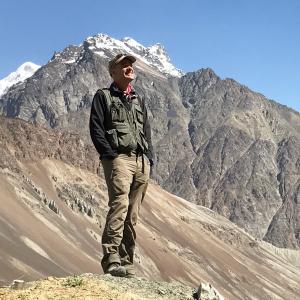Gondar and the Simien Mountains
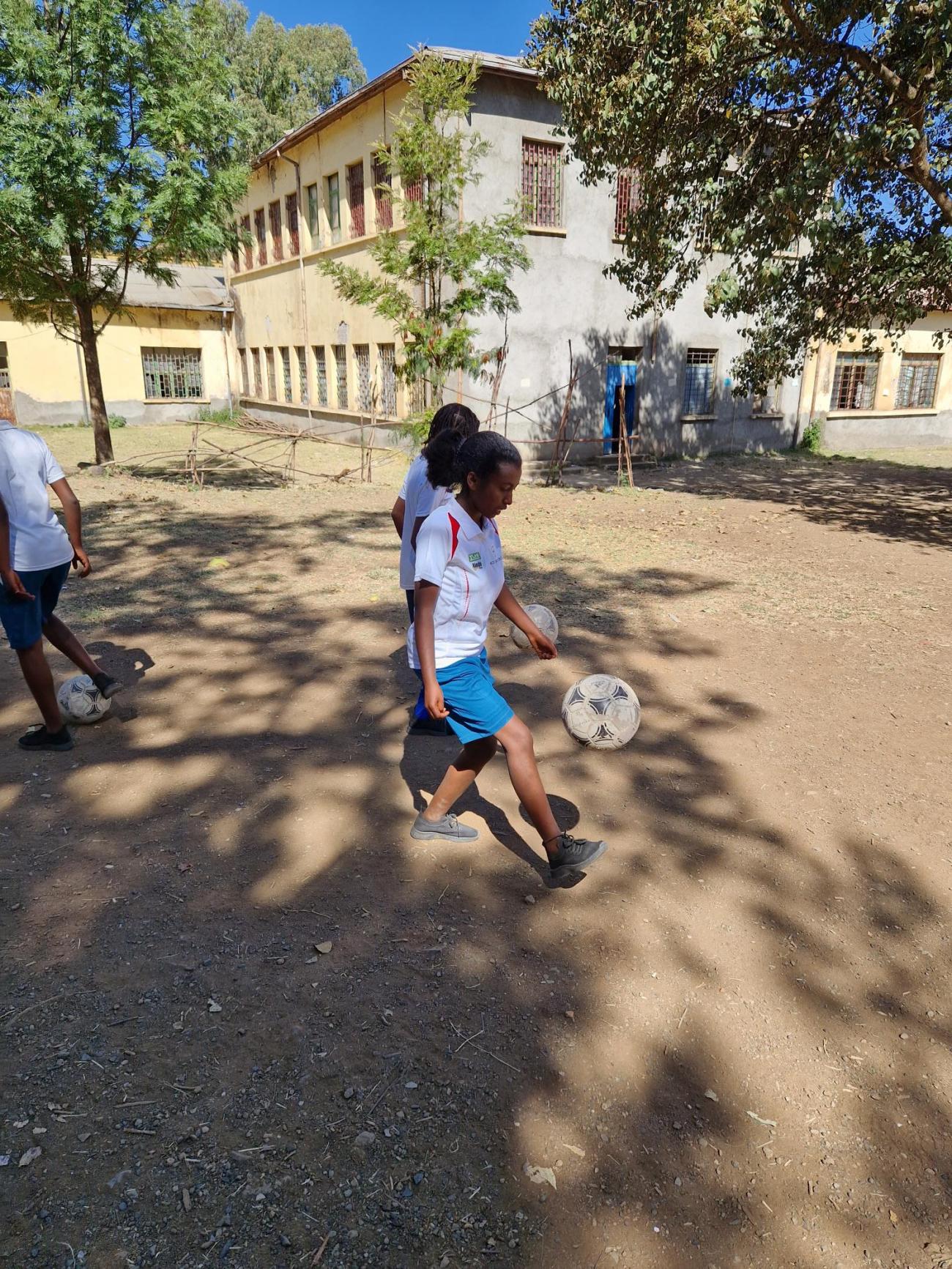
Having flown up to Gondar from Addis Ababa, our first stop was to visit the Gondar Unity Girls football team.
Sponsored by the Wild Frontiers Foundation, the squad of 20 girls, aged between 13 and 17, were training on the dusty pitch on the school grounds. Under the watchful eye of their female coach, the girls went through their stretching exercises and various warm-up routines and then practised their dribbling around plastic bollards. Hiwat (meaning life) was their captain. She told me her favourite player was Lionel Messi and her favourite team was Barcelona. She had scored two goals in their last match, which they had won 4-1.
An excellent initiative, backed by the WFF, we take young girls from poor households and as well as teaching them football, provide a team kit, and get them to matches, we also feed them and give them a chance to have a shower. Running the charitable arm of WF, I have always found it tricky to find good projects that really deliver. Seeing the girls with big smiles on their faces as they tried to outdo each other in ‘keepy uppies’ – Hiwat reckoned she could do 100! – it seemed to me this was such a project.
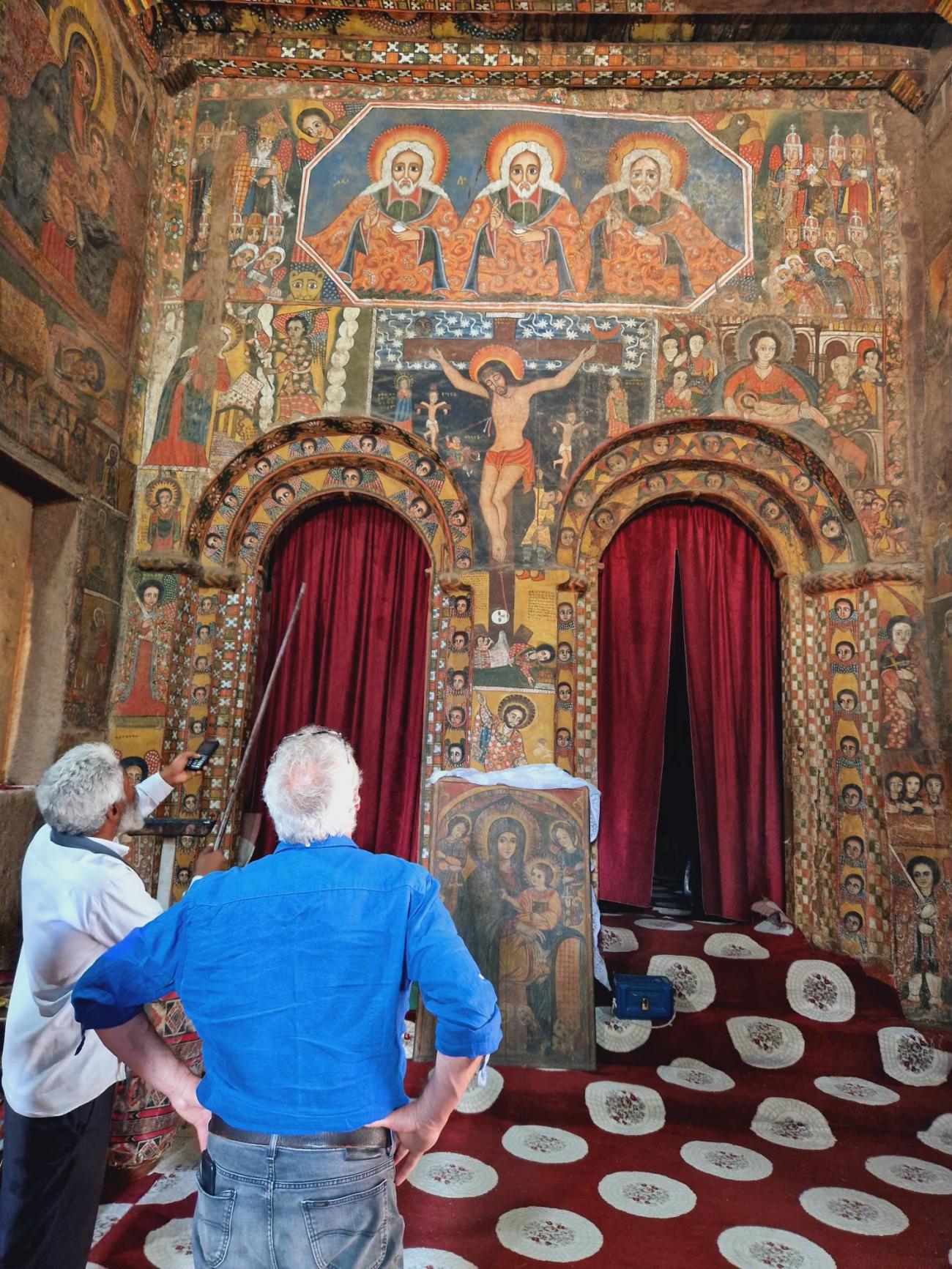
Having had a team photo and said goodbye to the girls, we went to the UNESCO World Heritage castle compound. In the 17th century, the Abyssinian empire was ruled from here and over the course of a hundred years or so the various rulers build impressive castles, banqueting halls, libraries and even a sauna – one of the kings had a skin disease and a passing French physician told him such a treatment would help! Crafted out of locally quarried sandstone, the castles look like baroque Scottish keeps. Known as the Camelot of Africa, it’s a remarkable site, unlike anything else you’ll find on the continent. We also visited Debra Brahan Sellassi church, known for its incredible frescos and ceiling paintings, and Fascilidas Bath. At the Timkat festival in January each year, the ‘bath’ is filled with water, blessed by the priests and used for a mass baptism… it’s quite a spectacle, I can tell you.
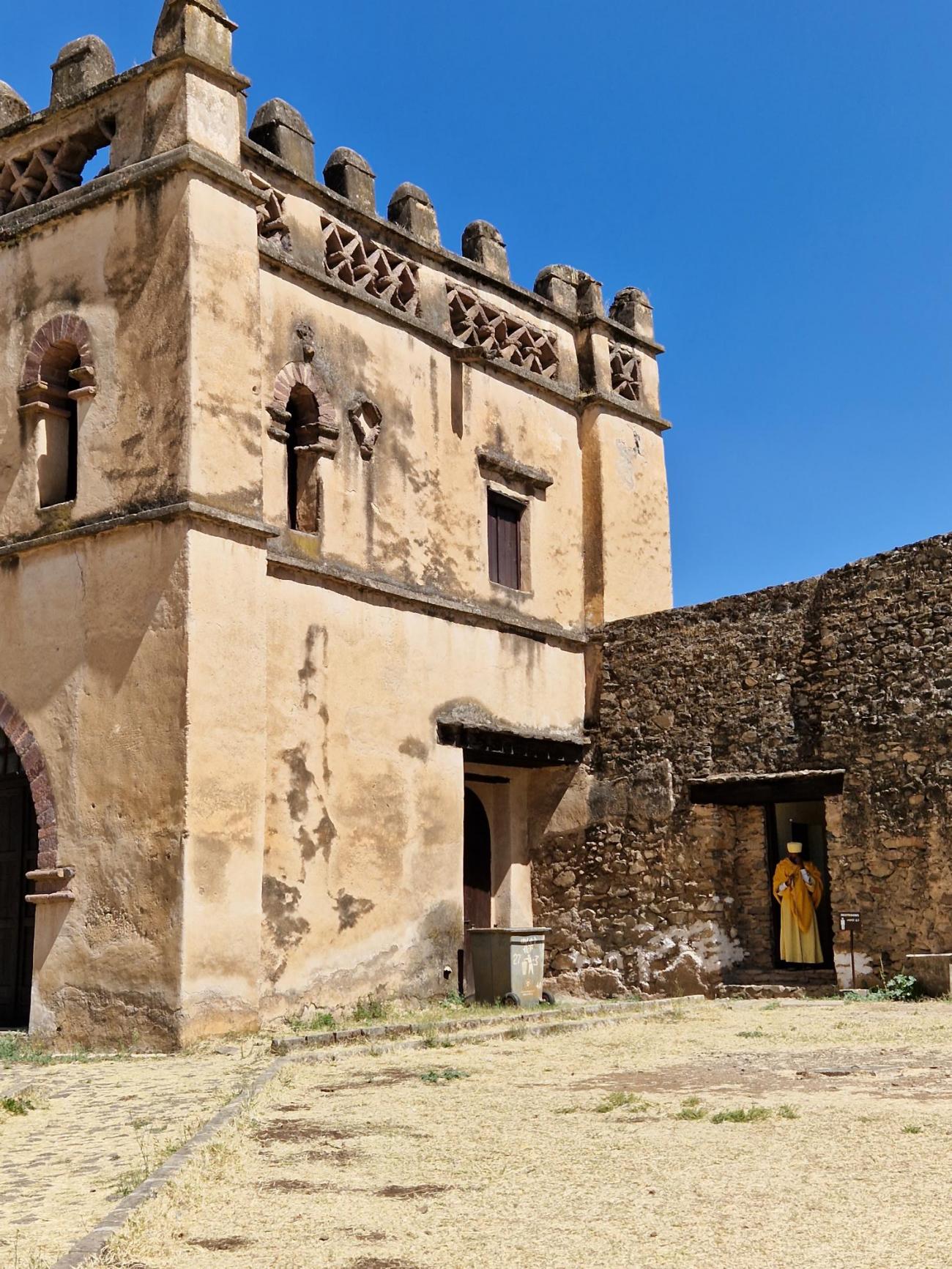
And from here we travelled up to the Simien Mountains, which must surely rank as one of the most scenic spots on the whole continent. Here we walked along the escarpment, and passed through troops of the endemic and partially habituated Gelada baboons, we saw clip springer deer, bee-eaters, buzzards and vultures and bought three reed mats from one of the locals. But it’s the views here that blow you away. With most mountain ranges you are at the bottom looking up, but here, walking along a ridge at well over 3,000m, you are often looking down on a jagged landscape that melts into the far horizon; the towering rock pinnacles rise, as one Victorian traveller put it, like pieces on a gain chess board.
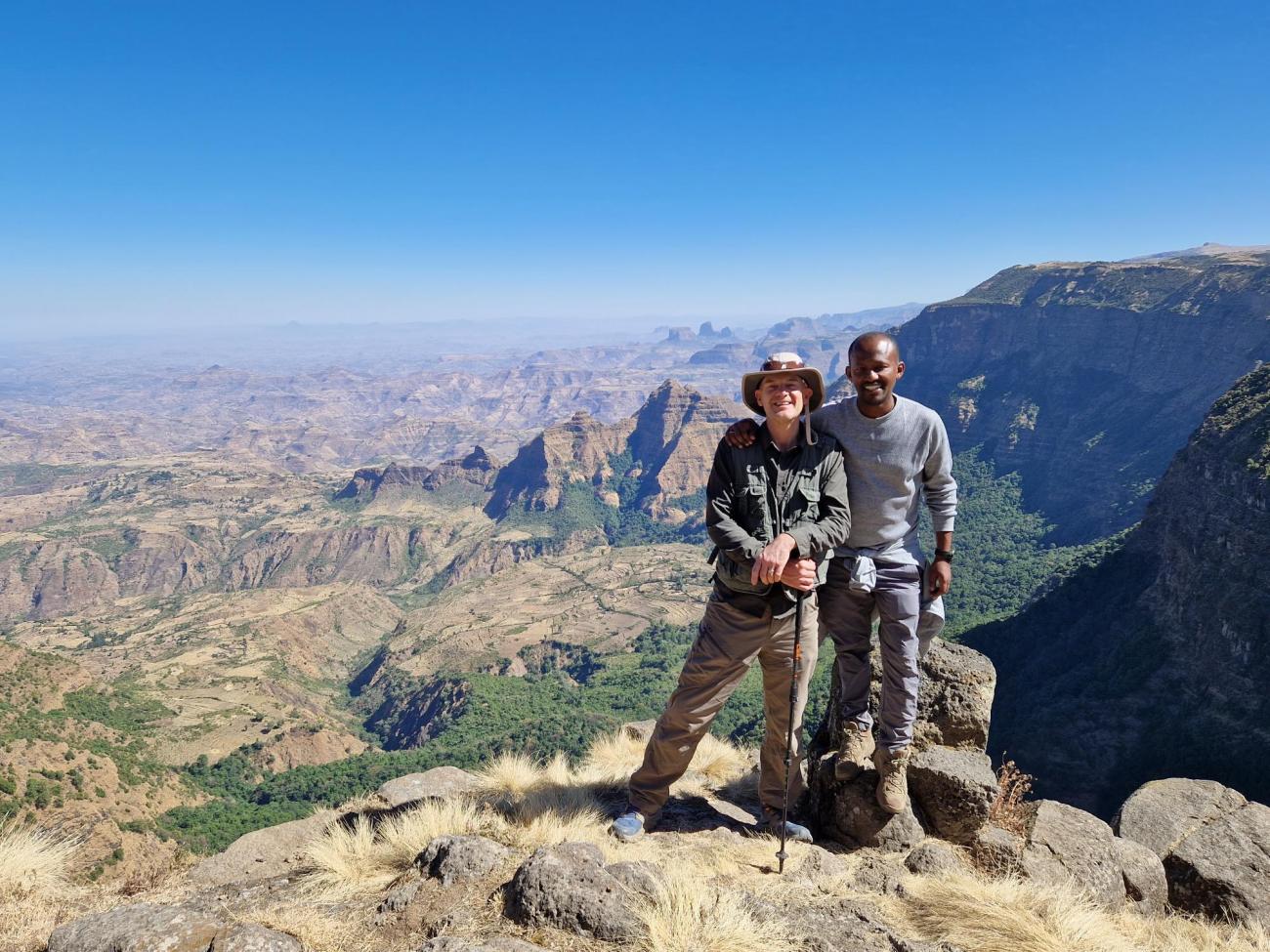
.jpeg)
So, so far so good. With the war only being over three months, there are precious few other tourists around and it will take a while for things to get back to normal. Domestic flight schedules that used to ferry international travellers from one famous town on the northern historical circuit to another are sporadic and less frequent than they were. Hotels that have been closed for three years need time to get themselves back up to speed. And there are still one or two rules left over that in time will be removed – for example, binoculars are not allowed and will be confiscated at the airport on arrival and returned when you leave.
But none of that makes much of a difference. Ethiopia is as stunning and fascinating as it ever was, and with FCDO and US State Department lifting their advice against travel to most of the country, I do think the time has come to return to this most interesting destination.
We are now heading to Lalibela to see the famous rock-carved churches, before doing a two-day community trek.
